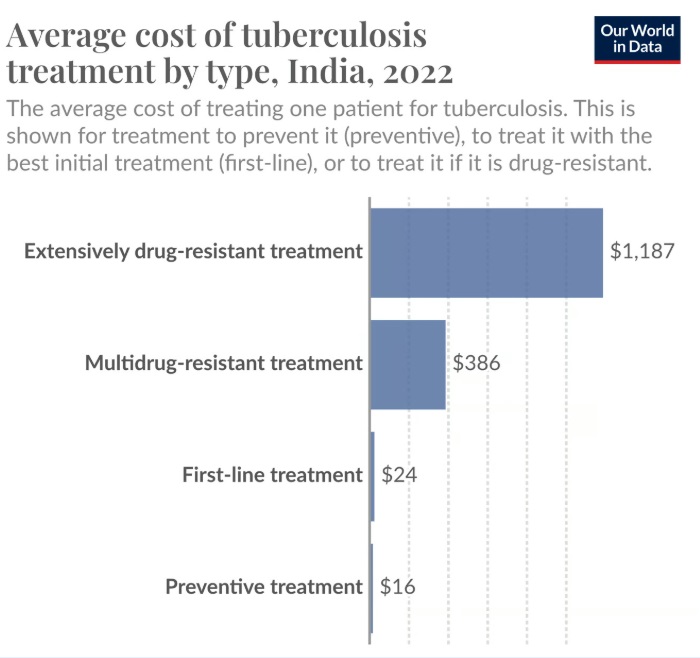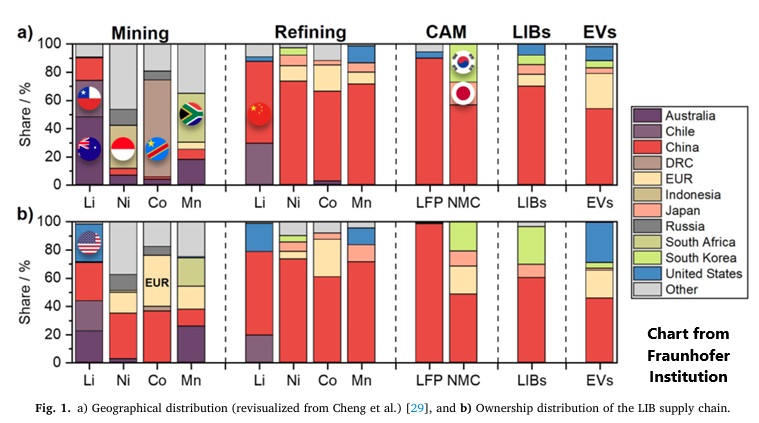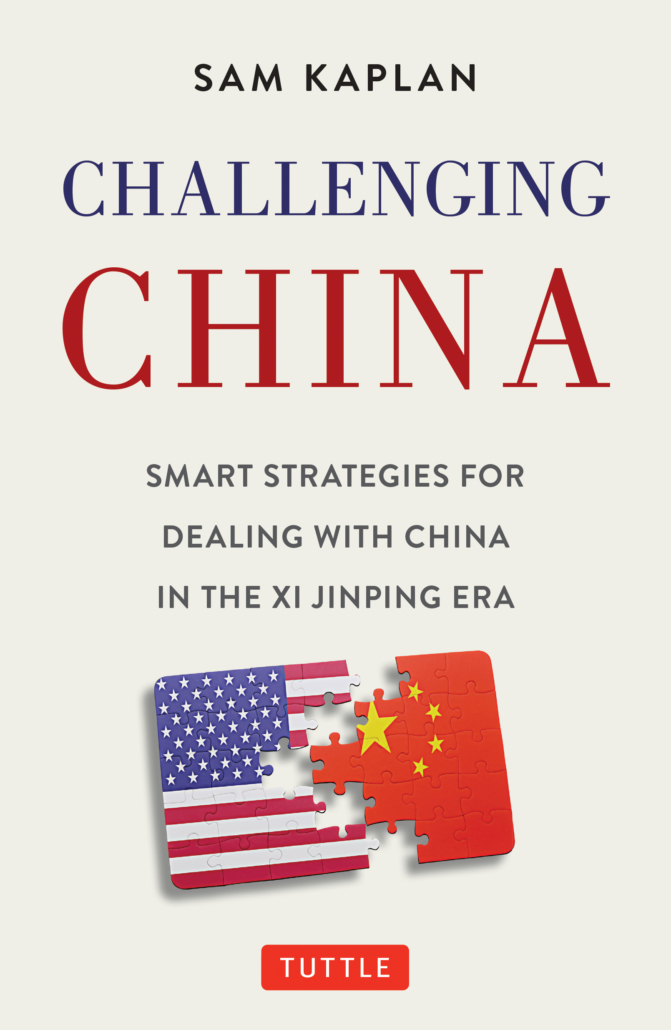It’s all so recent. All of this, everything you see around you, it all started not that long ago. We are reading Why Nothing Works by Marc J. Dunkelman. It examines the evolution of the progressive movement in the United States and its impact on the nation’s ability to undertake significant public projects. Dunkelman argues that, historically, progressives balanced two philosophies: the “Hamiltonian” approach, advocating for centralized authority to achieve collective goals, and the “Jeffersonian” perspective, emphasizing the dispersion of power to protect individual liberties (there should be a musical). He discusses the start of the progressive movement in the early 20th century as a reaction to outsized control of big business. My reaction was just how recent this all is. Big businesses like the railroads and steel weren’t possible until the Industrial Revolution of the 19th century. The whole modern government apparatus that developed in response to it in the 20th century is brand new in historical terms. My grandma had socks older than the progressive movement. We have a chair in our house older than modern government. It’s really no wonder we still fight about how this all should work, and don’t really understand it.
As a baseball and sabermetrics fan, we equate it to small sample size and ballpark effects. Measuring what’s effective and what needs to be reformed is difficult when we don’t really have that many years of data to grapple with. And each era is different (old industry era, then computers era, then ubiquitous communications)—playing in a different ballpark so to speak. We’re coupling Why Nothing Works with Abundance by Ezra Klein and Derek Thompson, which takes on some of the same issues but using a different lens. We’re more than sympathetic to their point of view but trying to determine how to create abundance, how to reform the thicket of rules and regulations, is harder to do when it’s all so new. Of course, Musk and his marauders aren’t trying to reform anything, they are up to something else. But what they are up to is old—as old as human society, which come to think of it, in terms of animals on earth, is also quite new. Lucky us. What’s also new is a U.S. presidential administration creating a global TB crisis, a government using drones to enforce theocracy and China’s rapidly expanding technological capability. It’s this week’s International Need to Know, the number one seed of international information, the Cinderella of global data.
Don’t forget to check out our Trump Tracker of Law-Breaking and Corruption, which we publish every Sunday on Substack (for as long as the law-breaking and corruption lasts—alas there is no end in sight).
Without further ado, here’s what you need to know.
We’re Letting TB Run Wild
In early November, we urged you not to forget about Tuberculosis (TB), noting it is the deadliest infectious disease in the world. We are not surprised–though it causes us to shudder–that the current U.S. administration has indeed forgotten about TB. The New York Times reports that “tuberculosis is resurgent as Trump funding cut disrupts treatment globally.” The Times article continues, “The United States did not pay for all the TB care in Kenya, but it funded critical pieces. And when those were frozen, it was enough to bring the entire system to a halt.” In this space in November, we wrote, “Fortunately, many (new) vaccines and therapeutics for TB are currently in clinical trials. Let’s hope they pan out and TB…diminishes significantly as a health threat.” Uh oh, what has the Trump administration done? Well, the Times tells us that “The main TB research effort, testing new diagnostics and therapies, has been terminated. The global procurement agency for TB medications lost its funds, then was told it might regain them, but still has not.” Meanwhile, Washington Post columnist Megan McArdle notes that “A thing you really do not want to do is stop tuberculosis treatment midway, because that’s how you get antibiotic-resistant TB, already a growing problem.” We beg you to tell DOGE and Trump administration officials to read International Need to Know. It will save lives.
Technology and Authoritarianism
We’re old enough to remember when the Internet took off in the mid-1990s and it was viewed as a liberating technology. Suddenly huge gobs of information were available at our fingertips. We could communicate with people around the world. We remember playing chess on the Internet at that time, including one Sunday with some guy in Turkey, sending messages back and forth while we played. Optimism coated the air, an ebullience about the future tasted ripe. But authoritarians learned to harness technology to empower themselves and to weaken the people they rule. Yet another example is the Iranian government using drones and apps to enforce their theocratic women’s dress code. According to the BBC, drones are used to catch women not wearing hijabs or otherwise violating the dress code. And the Iranian government encourages “people to use specialist phone apps to report women for alleged dress code violations in private vehicles such as taxis and ambulances.” Yes, if you’re sick and hurt, you better be dressed appropriately while headed to the hospital—it’s a perversion of the old line by Moms to wear clean underwear. One of the great challenges of this age is to contrive ways to dampen the effectiveness of authoritarian use of technology, and to again turn technology into a tool for freedom rather than a weapon for oppressors.
China Corner: Size Matters
China’s economy has challenges, as we’ve documented extensively in this space, but it also has strengths. Indeed, in recent months, those strengths have been on display—from its manufacturing and supply chain dominance to the DeepThink breakthrough to BYD’s continued battery improvements announced this week (now one of their car batteries can charge in five minutes). This latest battery achievement is related to China’s manufacturing and supply chain dominance. When you’re working on all facets of a technology. control the supply chain of the technology, and you have lots of competition from other Chinese car companies, you will continually improve your product, as BYD did. But some of this is also a consequence of China’s size. It has a large market and as Steve Hsu points out, a large population that is increasingly educated—in universities that are quickly rising to the level of quality American universities—at least in technology training and research. Hsu writes,
Consider the fact that China has four times the population of the US. Its 18-year-olds now attend college at roughly the same rate as Americans (this has only recently become true, as China has become richer and more developed). Chinese college students are roughly twice as likely to study science, technology, engineering and math (STEM) and they graduate high school with much stronger math capabilities. This means that each year China is producing about eight times (almost an order of magnitude) more new engineers and technologists than the US. In fact, the proper comparison is between China and the Rest of the World (RoW). China produces as much top talent in technology fields as the RoW in aggregate.
America, given its current state, has essentially lost the competition to China in the short-term. China has long-term demographic challenges. And its authoritarian government will hamstring it in all kinds of ways going forward. But in the short run, authoritarianism is winning.




